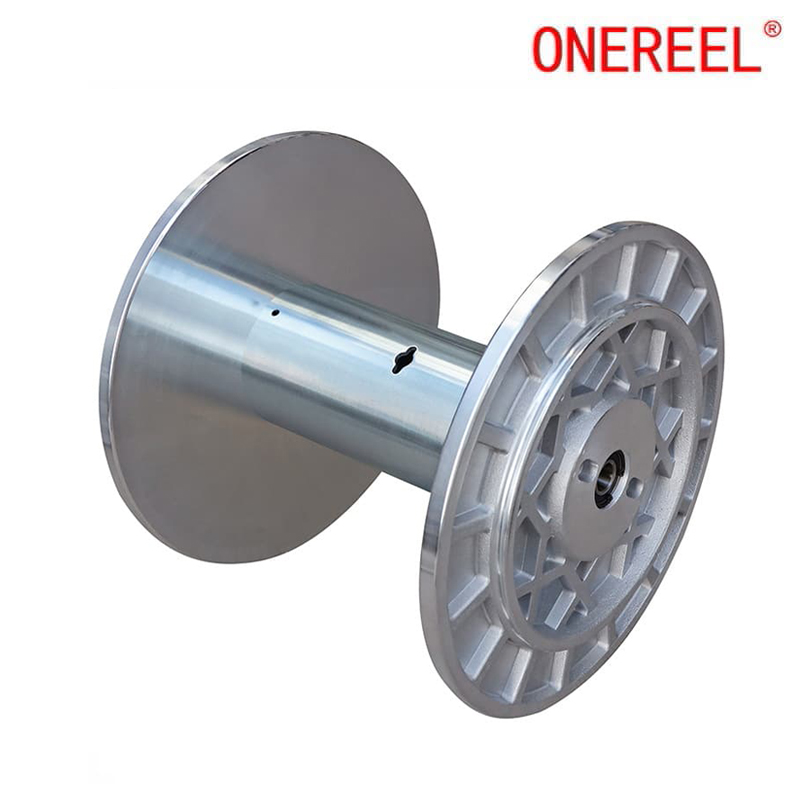Steps to Use an Aluminum Spool
2024-07-05
An aluminum spool is a cylindrical device commonly used to hold, wind, and store materials such as wire, cable, thread, or film. Due to its lightweight, corrosion resistance, and durability, aluminum is a preferred material for spools in various applications. Here’s a detailed guide on the use and applications of aluminum spools:
Steps to Use an Aluminum Spool
1. Preparation:
- Inspect the Spool: Check the aluminum spool for any damage or deformities. Ensure it is clean and free of debris.
- Gather Materials: Prepare the material you will be winding onto the spool, such as wire, cable, thread, or film.
2. Mounting the Spool:
- Spool Holder: Place the spool on a spool holder or spindle to allow it to rotate freely. Ensure the holder is compatible with the spool’s size and can support its weight.
- Secure the Spool: If necessary, secure the spool with clamps or other fasteners to prevent it from slipping during winding.
3. Winding the Material:
- Align the Material: Feed the end of the material onto the spool, aligning it with the spool’s flange.
- Start Winding: Begin winding the material onto the spool by rotating the spool or using a winding machine. Maintain even tension to ensure the material is wound smoothly and evenly.
- Layering: Ensure that the material is layered neatly without overlaps or gaps. Use guiding tools if necessary to maintain even distribution.
4. Securing the Material:
- Tie Off the End: Once the material is fully wound, secure the loose end to prevent unwinding. This can be done using tape, a clip, or by tying a knot.
- Labeling: Label the spool with relevant information such as material type, length, or batch number for easy identification.
5. Storage:
- Store Properly: Store the wound spool in a dry, clean environment to protect the material from damage. Avoid stacking heavy objects on top of the spool to prevent deformation.
Applications
- Electrical and Electronics: Used for winding and storing electrical wires, cables, and conductors.
- Textiles: Holds threads, yarns, and other textile materials for weaving, knitting, and sewing.
- Manufacturing: Stores and dispenses materials like film, foil, and tape used in manufacturing processes.
- Fishing: Holds fishing lines and nets for easy deployment and retrieval.
- 3D Printing: Used for winding and storing filament used in 3D printing.
Benefits
- Lightweight: Easier to handle and transport compared to spools made from heavier materials.
- Corrosion Resistance: Aluminum is naturally resistant to rust and corrosion, making it ideal for use in various environments.
- Durability: Strong and durable, capable of withstanding regular use and handling.
- Recyclability: Aluminum is fully recyclable, making it an environmentally friendly choice.
Tips for Effective Use
- Maintain Tension: When winding material, maintain consistent tension to avoid loose or uneven layers.
- Use Appropriate Equipment: Use spool holders, winding machines, and guiding tools that are compatible with the spool size and material type.
- Regular Inspection: Periodically inspect the spool and material for signs of damage or wear, especially if the material is critical for your application.
- Clean Storage: Store spools in a clean, dry environment to prevent contamination and damage to the wound material.
- Label Clearly: Always label spools with relevant information to facilitate easy identification and inventory management.
By following these steps and tips, you can effectively use aluminum spools to manage and store various materials, ensuring they remain organized, protected, and ready for use in your applications.



